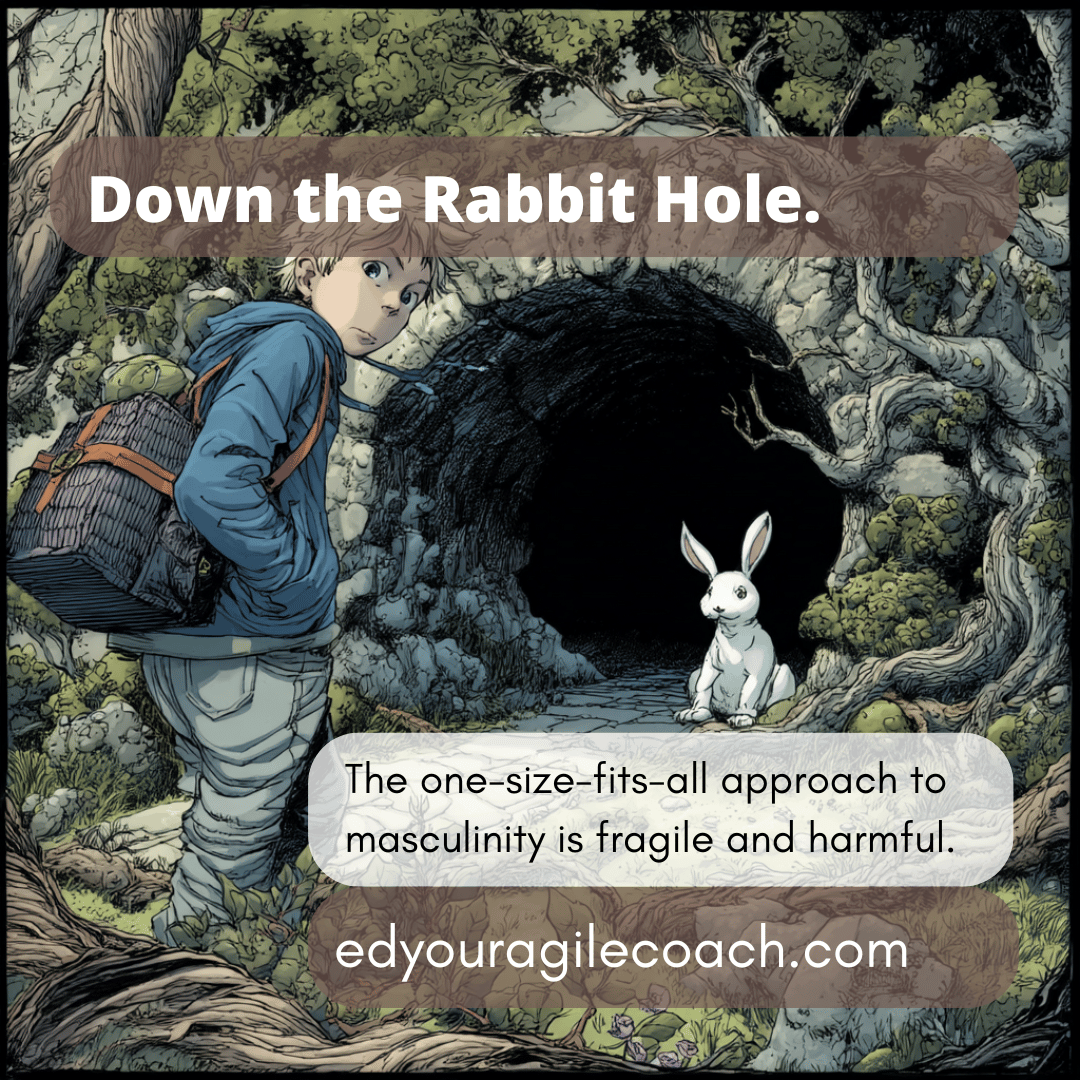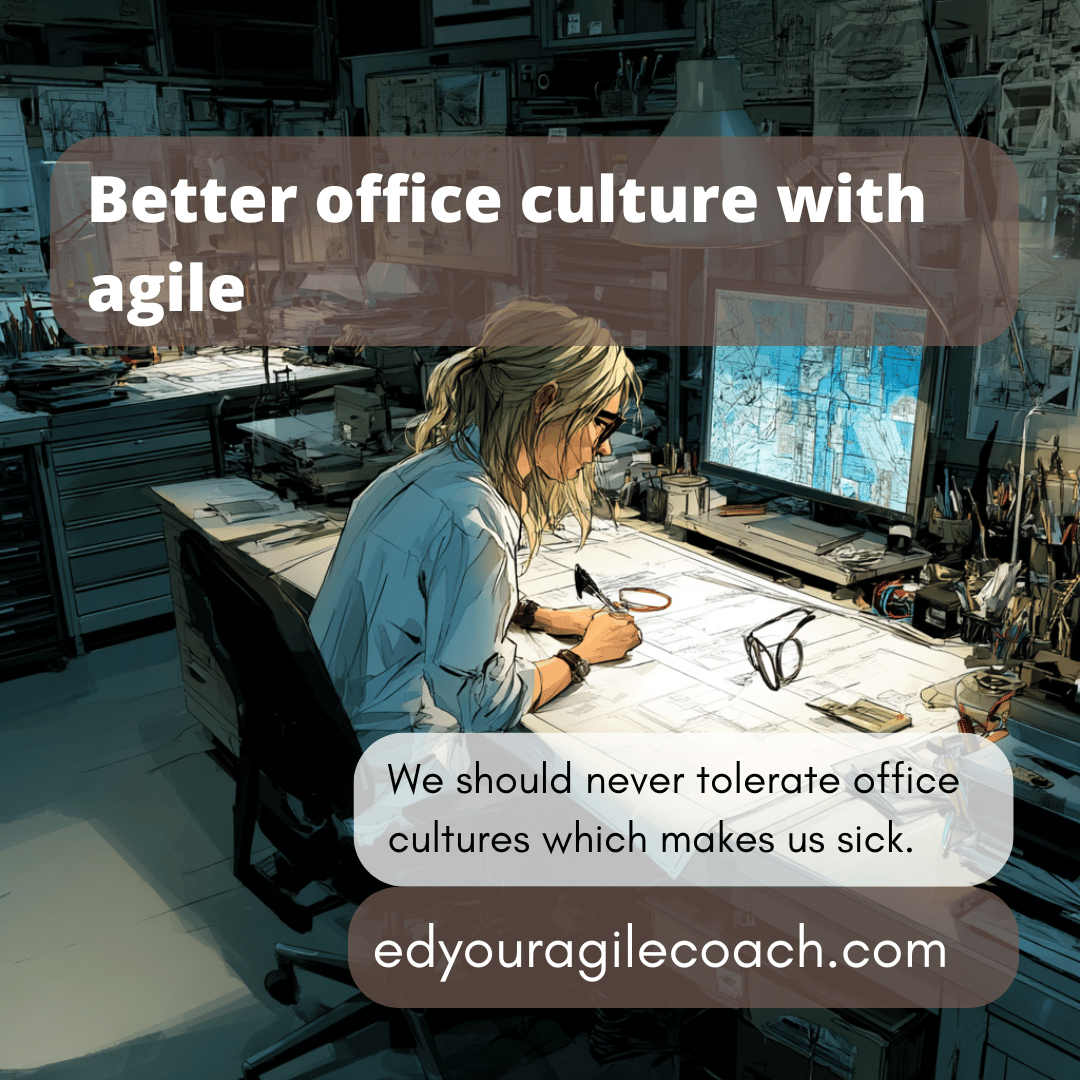Saying Yes and No in a New Way.

The seasons are changing, and the chill in the air represents a sense of urgency for organizations to meet their financial and project goals. I am one of those people who accomplishes these goals and helps organizations succeed. Over the years, I have discovered that the most challenging part of the job is not the engineering but the interpersonal and political skills necessary to finish work at large bureaucratic businesses. This week, I want to look at a skill I learned that has become an essential tool for my success in the weird business world of business.
I feel strongly that a Liberal Arts education is valuable in business and technology. I feel strongly that a Liberal Arts education is valuable in business and technology. You can teach anyone to write software and perform basic development tasks, but the real skill is communicating with people via the written and spoken word. Putting yourself in another person's shoes and spotting spurious arguments are also valuable business skills. A liberal arts education helps teach these skills, and the business world is better because of people with liberal arts backgrounds. I am biased because I am a liberal arts graduate, and exposure to philosophy, theater, literature, media, and writing traditions has given me a competitive advantage in my career.
In high school and community college, I took theater courses. Each student learns how to improvise on stage. It was a great experience, and I had plenty of laughs, but I did not realize the presentation and speaking skills I developed in a theater would stay with me for the remainder of my life. As I began meeting facilitation, I remembered a technique I learned in improvisation. Performers know to be unselfish with other performers and internalize the maxim of "…yes and." During a strange situation or when you are stuck on what to say, you look deeply into the eyes of your fellow performers and say "yes and…." At that point, the other performer will pick up the performance and move it in a different direction if they are paying attention.
As a coach, I often use the "yes and..." technique to elicit more feedback and information in meetings with people who are reluctant to talk. It is a great way to break the tension and remove the responsibility from one person speaking to the group. It transforms meetings into a more participatory experience because, as the facilitator, you lead them to say what needs to be understood instead of dictating to the group.
We often have deadlines and other challenges that involve conflict. That conflict can be acknowledged if we use language that is a little less violent. Lately, I have been using an additional phrase: "No, wait…." For example, I had someone demand that I deliver a user story. I said, "No, wait, I understand this is important, but where does it fit in with the release schedule." After some thought and waiting, the person making the demand backed down. Another example is saying, "No, wait, do I understand you correctly?" The approach makes the conversation more participatory and helps facilitate a more profound understanding.
We all have to say yes or no at work. Theater improvisation techniques make the process easier and allow people to feel involved in creating value. Feel free to give it a try.
Until next time.




Comments ()